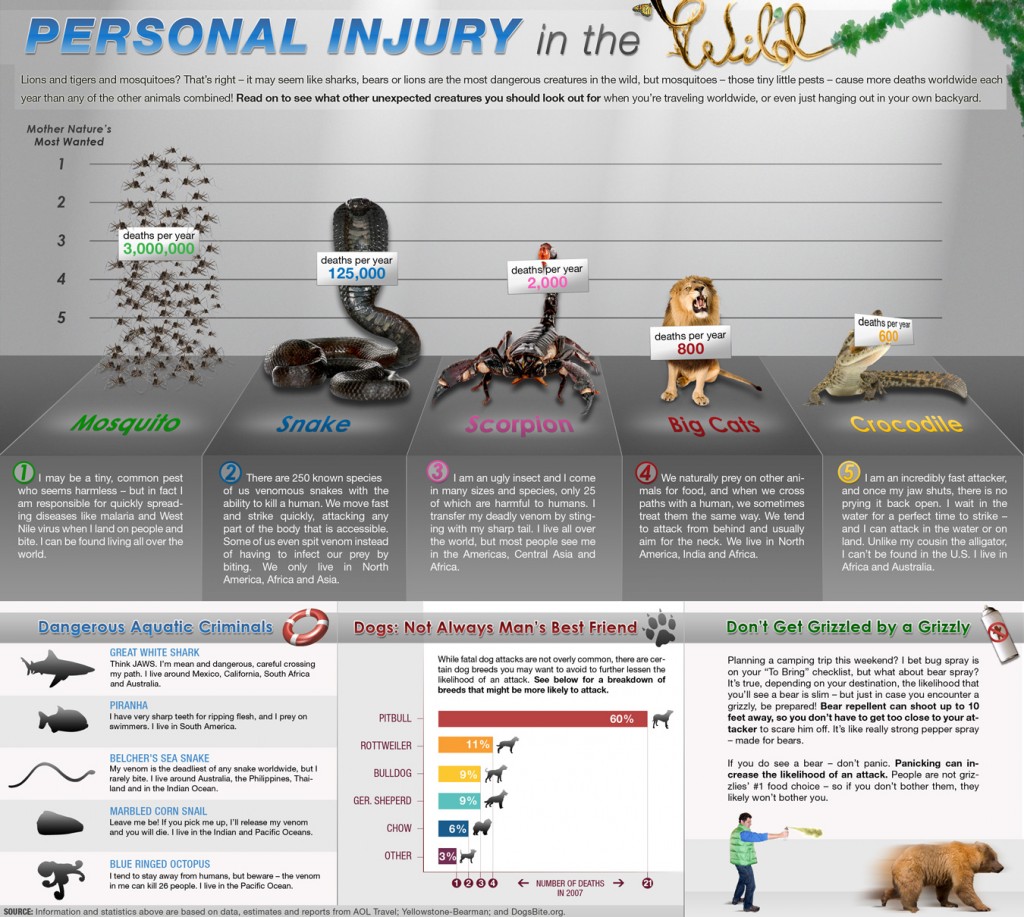Cases Involving Medicare or Medicaid Are Complex
If you are on Medicare, Medicaid or Social Security Disability, it is vitally important that you inform your personal injury attorney of this fact. Unlike many other types of health insurance, these government funded plans are entitled to receive reimbursement for expenses they provided on your behalf. The process can be long and involved because it requires dealing with large bureaucracies, and it helps to get the ball rolling from day one.
Why do I have to pay?
A personal award is assumed to be compensating you for money that you have spent or will have to spend on your injuries. Theoretically, you are not supposed to be getting paid twice for the same injuries from the same accident. If Medicare has paid for your broken leg, and you then receive an award from someone’s homeowner’s insurance for those same leg injuries, you will need to reimburse Medicare for the cost of the treatment.
What if I just don’t mention that I have Medicare or Medicaid?
Medicare has started to get serious about enforcing these laws. As such, many defense attorneys will not settle without first ensuring that either there is no Medicare or Medicaid involved, or that they have been properly notified. Here is a helpful site outlining the process: MSPRC Site
Is there anything I can do?
Yes there is. By keeping your attorney informed you are allowing them to negotiate with Medicare for a lower repayment amount. Medicare often sends an initial bill that includes treatments and visits that are unrelated to the injuries in your case. Your attorney can challenge these charges. Additionally, Medicare is often willing to work with attorneys to reduce the fee by as much as a third. Don’t pay Medicare or Medicaid more than you have to. Call the Law Offices of James Morris to handle your case today.
Attorney Advertising





